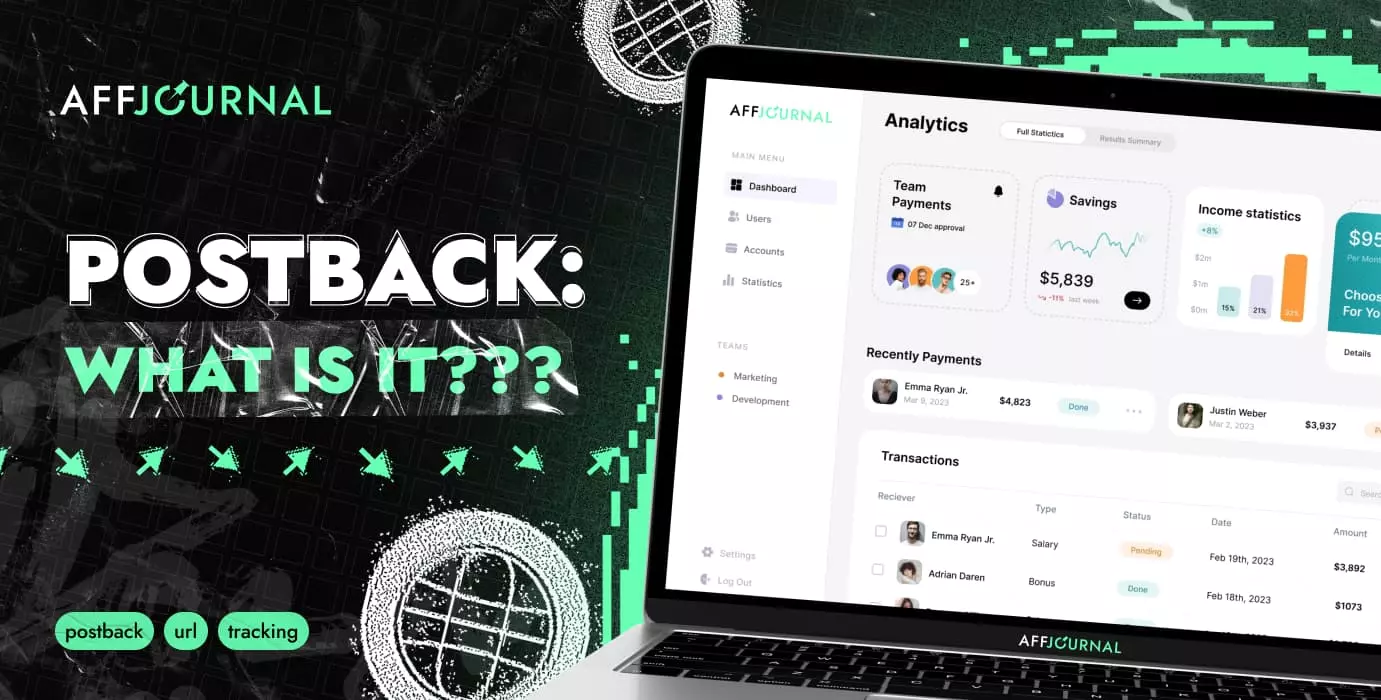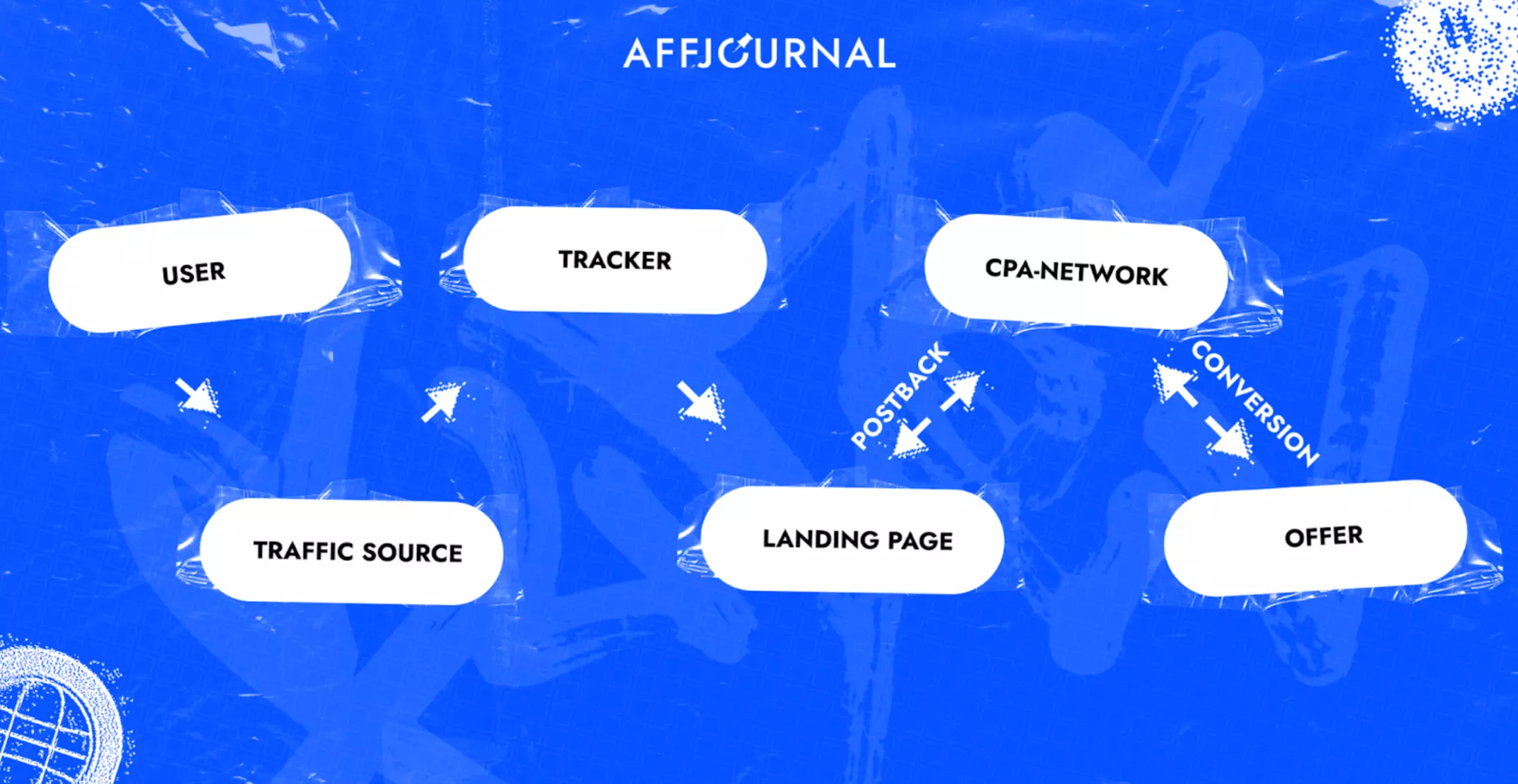

by Editor
Postback in CPA is a technology for transferring information about actions taken on an offer page from one server to another. Data is sent when a special Postback URL is called using http methods.
Types of postbacks
In affiliate marketing, two types of postbacks are used: for the affiliate network and for the created traffic flow. From a technical point of view, their mechanisms of operation are the same, but the goals are different. Let's consider each of them:
Postback for the affiliate network (Affiliate Network Postback). Used to transfer information about the offer, conversions and their current status from the affiliate network to the tracker.

The postback for the CPA network can be global or local. The first one is configured immediately for all offers, while the second one is configured only for a specific stream.
Postback for a stream (Traffic Source Postback). It is used to inform the traffic source about the targeted actions that have taken place. When the conversion occurs, the affiliate network will send information to the tracker using postback mechanics, and the latter will send it to the source.

What are postback macros
The received traffic data is sorted in the statistics using the tracking parameters (macros) recorded in the Postback URL.
A Macro is an unknown variable in a Postback URL that categorizes traffic information and passes it to statistics. The value appears in place of the corresponding macro, enclosed in curly braces.
For clarity, let's take a postback from the Keitaro tracker to the N affiliate network and analyze its components.
Keitaro Postback URL:
- https://domain.com — the domain hosting the tracker. If there is no domain, the IP address of the server will be in this place.
- The value of “4b68570” —a unique parameter for each postback link (Postback key).
- Macros“clickid” — a random set of letters and numbers that generates a traffic source for each unique user who clicks on an ad.
- Macros“type” — shows the conversion status.
- lead — lead received. Payout not confirmed.
- sale — sale completed. Payout confirmed.
- rejected — cancel conversion. Payout canceled.
- Macros“payout” — shows the amount paid for the conversion.
- Macros“currency” — shows the currency in which the payout is calculated.
- affnetwork_name.com — Affiliate Network URL.
Important! The format of the link, the number and designation of the listed macros for different affiliate networks will differ.
With the help of macros, postback can collect and transmit a large number of parameters, including the device OS, device type (mobile / desktop), IP address, browser User Agent, and more. A complete list of parameters, as well as their designations, can be viewed in the affiliate program / ad network / tracker of your choice.
Editorial comment AffJournal
To optimize an advertising campaign, a webmaster needs to know where the conversions come from. Tracking targeted actions would be impossible without the use of postbacks, which allow you to see all the necessary information in one place - in the tracker or traffic source.
A webmaster can generate profit even without postbacks if the source is Facebook Ads, which independently optimizes the campaign using a pixel. But in the case of using pops, pushes and native ads, postbacks are required. Without them, you will not be able to operate data on non-converting and effective traffic sources and spots, which will ultimately affect your ROI.

by Editor



comments ....(0)
Leave a comment
You must be in to leave a comment